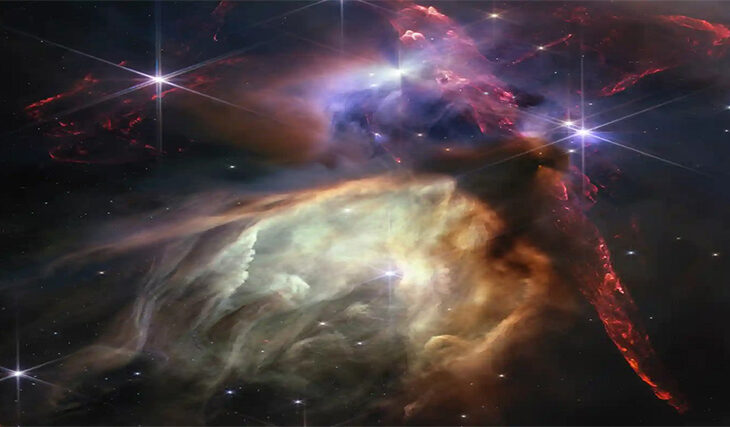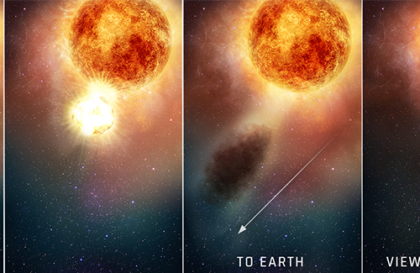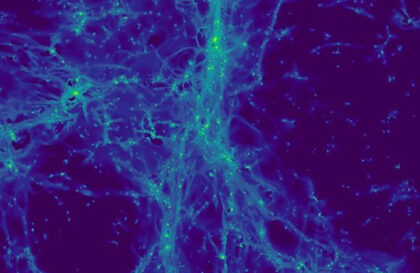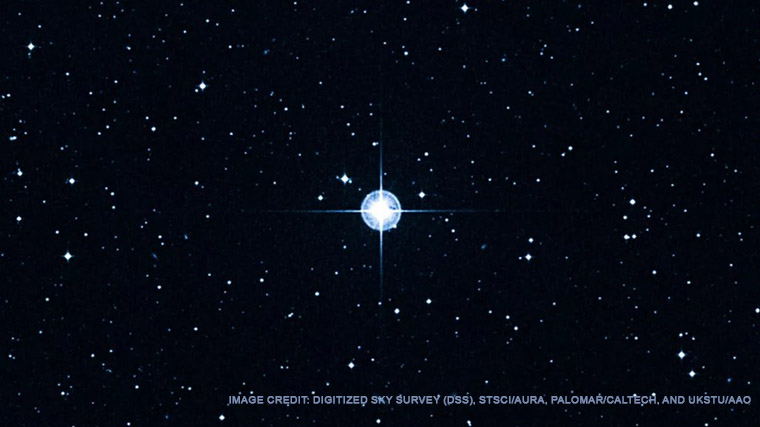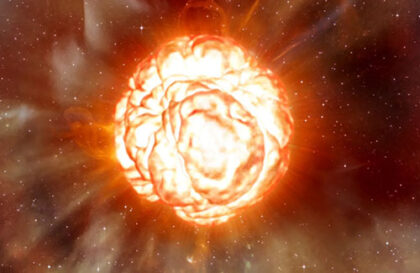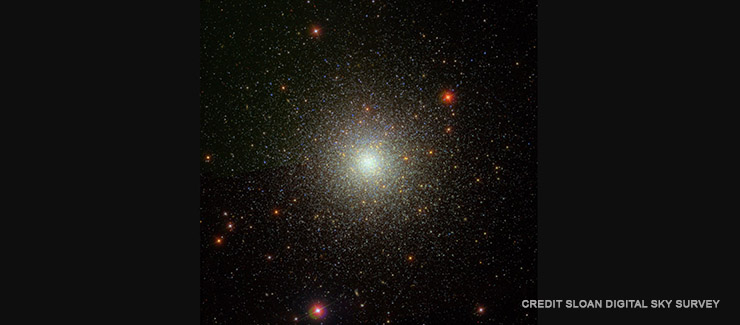- The most drunken place in the Universe is the Gas Cloud in the constellation Aquila. It contains a huge amount of ethanol, that is, in fact, alcohol.
- Water, 140 trillion times the volume of the world’s oceans, surrounds a quasar called APM 08279+5255, over 12 billion light-years away. It occupies a space hundreds of light years across (a light year is about 9.5 trillion kilometers).
- About forty new stars appear in our galaxy every year.
- There are more trees in the Milky Way than there are stars. There are approximately 3 trillion trees on our planet, and only 100-400 billion stars in the Milky Way galaxy. But there are far more stars in the universe than there are grains of sand on Earth. This number is approximately 1,000,000,000,000,000,000,000,000, or septillions of stars. This is an incredible amount, especially when compared to seven quintillion, five hundred quadrillion grains of sand on Earth (7.5×1018 grains of sand).
- The stars of the famous Ursa Major are actually in different galaxies.
- There are stars colder than the human body. In 2010, NASA scientists discovered 14 new brown dwarf stars. They are also called substars or chemical stars. They were the coldest of all known to science. But a year later, astronomers discovered even colder stars – “Y-dwarfs”. Their surface temperature is below human body temperature. The coldest is only 26.6 degrees Celsius.
- Researchers from Harvard University found that 0.67% of all rocks on Earth are of Martian origin.
- On Mars, the temperature at your feet can be 75 degrees Fahrenheit (24°C), while the temperature around your head can be 32 degrees Fahrenheit (0°C).
- Mars is inhabited exclusively by robots, there were 6 robotic machines launched by humans from Earth. Two of them: Curiosity and Perseverance are still working. There were 16 devices in total. Some of them crashed on landing. Their total mass, including those who made a “hard” landing (that is, crashed), is more than 15 tons.
- Black holes sometimes collide with other objects, which for some reason they do not absorb, but change the direction of movement. It’s like a pinball on a cosmic scale.
- The planet WASP-76b in question is located about 640 light-years away in the constellation Pisces. On the day side of this superhot giant exoplanet, temperatures exceed 2400 degrees Celsius. This is enough to vaporize metals. A strong wind carries the iron vapor to the colder night side, where it condenses into iron droplets. We can say that there are rainy evenings on this planet, only the rain is iron there.
- Zombie stars. Such stars are called type Ia supernovae. They are a kind of white dwarfs that are dead (they do not undergo thermonuclear reactions) until they “suck” enough matter from their neighbors, after which they explode and turn into supernovae.
- The lowest note in the universe is the sound coming from a black hole. This is B flat, which is 57 octaves below middle B on the piano. Black holes also sing as they fly through empty space.
- A supermassive black hole weighing millions (millions!) times heavier than the sun is currently hurtling through space at about three million miles per hour. It is about a million light-years in diameter – 10 times the size of the Milky Way galaxy – and it has a huge nucleus 10,000 light-years in diameter, the largest galactic nucleus known to mankind. It is this black hole that has been ejected from its own galaxy, Abell 2261, and is moving between galaxies at a distance of four billion light-years from us.
Image credit:
https://www.cbc.ca
